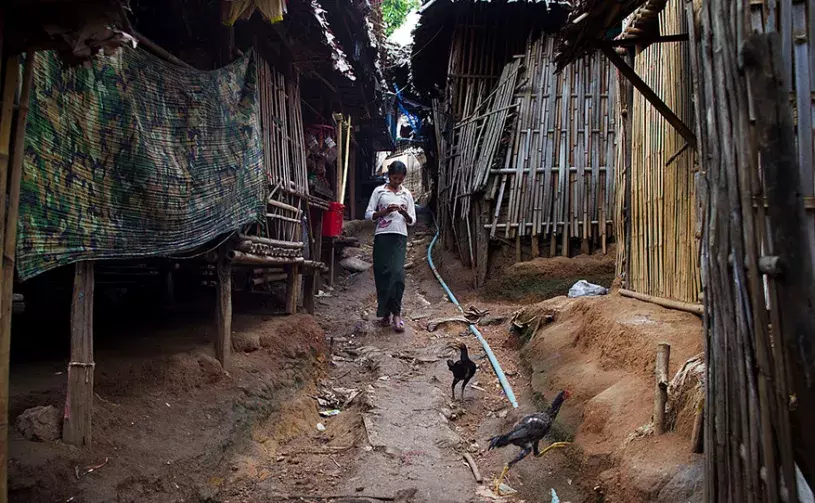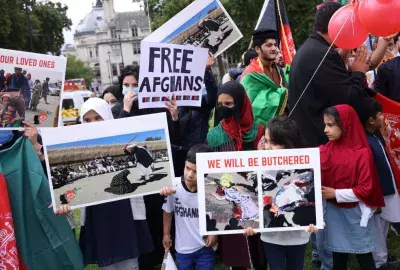Error message

Millions of people worldwide are stateless or do not have proof of their legal identity. As a result, they face daily obstacles from lack of access to a range of social, political, and economic rights. Around 40 percent of the identified stateless population live in the Asia Pacific region, with the majority of them residing in the countries of Southeast Asia. While some of these people are refugees or migrants, most belong to minorities living in the country where they were born. Their lack of proof of nationality or other forms of legal identity poses significant challenges to human rights, governance, and development. International conventions aim at improving their status, but have been poorly subscribed. Much of the work to solve the problems will have to be done at the national level, where interest is increasing. Since the forced mass exodus of Rohingya from Myanmar, many have reached the shores of Malaysia and Indonesia, driving home the implications of unresolved situations of statelessness.
Photo: A woman walks along a muddy path inside the Mae La refugee camp June 7, 2012 in Tak province, Thailand. The camp is situated along the Burma-Thailand border and is home to around 50,000 refugees. Mae La is the largest of nine camps along the Thai border where the Burmese live in a stateless limbo for many years. (Photo by Paula Bronstein/Getty Images)
Millions of people worldwide are stateless or do not have proof of their legal identity. As a result, they face daily obstacles from lack of access to a range of social, political, and economic rights. Around 40 percent of the identified stateless population live in the Asia Pacific region, with the majority of them residing in the countries of Southeast Asia. While some of these people are refugees or migrants, most belong to minorities living in the country where they were born. Their lack of proof of nationality or other forms of legal identity poses significant challenges to human rights, governance, and development. International conventions aim at improving their status, but have been poorly subscribed. Much of the work to solve the problems will have to be done at the national level, where interest is increasing. Since the forced mass exodus of Rohingya from Myanmar, many have reached the shores of Malaysia and Indonesia, driving home the implications of unresolved situations of statelessness.
Photo: A woman walks along a muddy path inside the Mae La refugee camp June 7, 2012 in Tak province, Thailand. The camp is situated along the Burma-Thailand border and is home to around 50,000 refugees. Mae La is the largest of nine camps along the Thai border where the Burmese live in a stateless limbo for many years. (Photo by Paula Bronstein/Getty Images)







